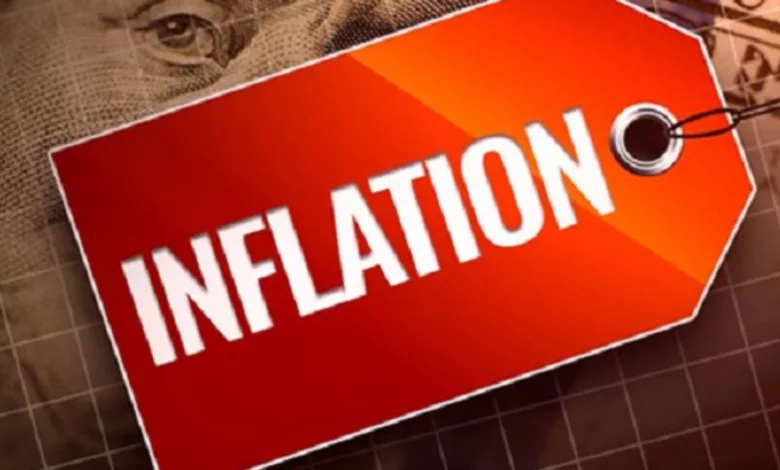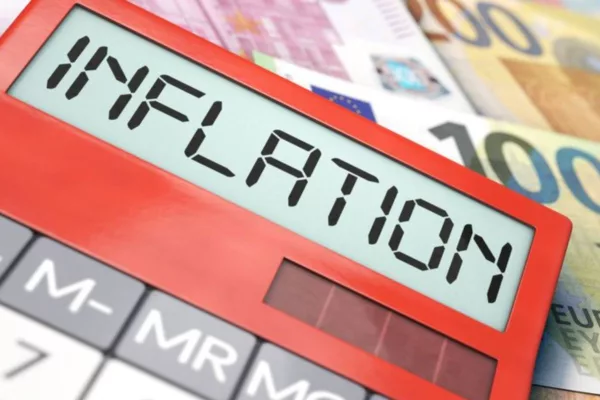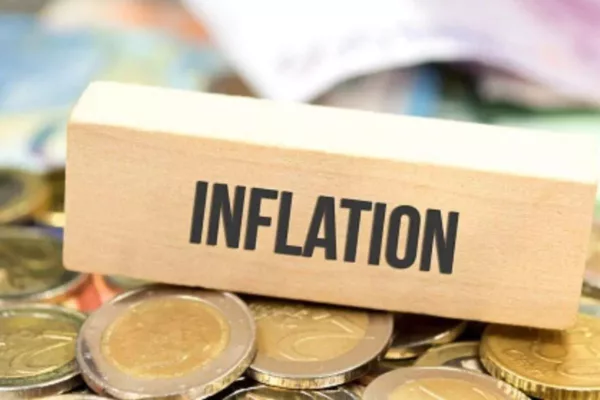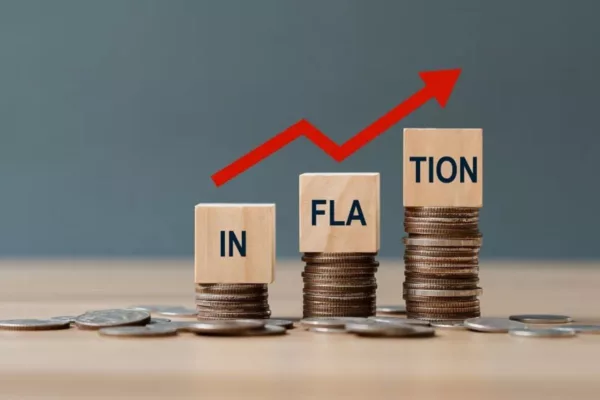Inflation: Concerns about growth and inflation among Indians must be addressed.

Budget 2023: A survey reveals that the majority of Indians are most concerned about rising inflation.
Ahead of the upcoming union budget in 2023, the nation is cautiously optimistic because of the impending global economic slump and the anticipated revival of Covid-19.
According to a poll conducted by marketing data and analytics company Kantar, three out of every four people are concerned about the growing inflation and want the government to take serious action against it in the 2018 Budget.
A quarter of Indians are also worried about losing their jobs. This is comparatively higher among those aged 36 to 55 who are employed in the wealthy class.
A total of 1,892 consumers, including a mix of salaried workers, business owners, members of the mass market, and members of the affluent class, participated in the study, which maps consumer feelings and expectations from the Union Budget 2023.
The most frequently expressed anticipation among consumers, particularly those in the salaried class, is an increase in the basic exemption threshold for income tax from Rs 2.5 lakh, which an increase would follow the barrier for the highest tax slab rate of 30% from Rs 10 lakh.
The tax credit for investments made under Section 80C, according to two-thirds of respondents, should be increased. Consumers’ subsequent top demand is increased medical and health insurance rebates due to rising healthcare expenses and concerns about how rising inflation will affect household incomes. The poll found that the salaried group expressed this more frequently.

The pandemic has not yet subsided, despite the optimism that the worst is behind us. The majority of respondents thus stated that they want the budget to continue to emphasise healthcare strongly.
The majority of Indians, according to the survey, have optimistic views on the economy. Approximately 50% of respondents anticipate economic growth in 2023, while 31% predict a downturn.
The Sensex is expected to be trading at 70,000 by the end of the year, according to almost 55% of respondents. A substantial 40% of respondents to the survey believe that it might also exceed 70,000.
According to Deepender Rana, Executive Managing Director- South Asia, Insights Division, Kantar, most Indians are optimistic about the macroeconomic performance of their nation in 2023.
The older and wealthy classes have a great sense of faith in the success of India. The global economic recession, though, could be a hindrance. Most people anticipate that the government will act as a protector and implement strict measures to control inflation to save the economy from a recession, which directly affects their household budget and employment prospects.
In general, consumers want a budget that is friendly to the middle class and some type of relief from income tax laws, he added. According to the Kantar study, most urban Indians approved the budget from the previous year, with respondents stating that it had a favourable influence on their households.
The survey found that the country’s mood was cautious optimism even though there was no apparent end to the Russia-Ukraine war, an anticipated downturn in Europe and the US, and nine Indian states were scheduled to hold Assembly elections in 2023.

In the next Union Budget 2023–24, worries about inflation and growth must be addressed.
Except for the specific date change, the global economy feels nothing different in the new year than it did in the previous one. Economists now agree that the world economy is about to enter a time of severe decline. Geopolitical worries, a holdover from the last year, persist unabatedly.
India won’t likely continue to be immune to these changes. Moreover, there are many grounds to be optimistic about India’s economic prospects in 2023, and local factors are anticipated to contribute to the nation’s relatively robust growth this year. Despite this, India still has many challenges to overcome.
A key differentiator will be how India tracks its inflation and economic paths over the coming year amid a global recession. Investors would likely exercise caution and pay attention to economic fundamentals if there is a forthcoming global slowdown.
The economic prognosis and stability will be the most crucial factors to consider when evaluating risk. India has good growth results, which is fantastic news. The alarming news is that inflation is predicted to continue.
Recent data indicate that inflation may have peaked and is slowly declining due to the significant base effect. Although prices will continue to rise over RBI’s comfort level, comparatively higher oil costs, a stronger US dollar (USD), and supply chain disruptions in some industries may contribute to this.
People will expect the government to take action to find the ideal balance in managing the two goals, even if the growth and inflation dynamics will continue to change. India has enormous potential as a hub for exports and investment destinations, particularly in the manufacturing and services industries, where it has strengths and a competitive advantage.
The government may support both sectors and increase employment to promote demand with the proper coverage of production-linked incentives (PLI), customs tariffs and tax incentives, and well-executed infrastructure plans.
Along with attracting investments in fields that foster long-term growth, India must pursue trade agreements that integrate the manufacturing sector with the global supply chain. India needs to think about varying its investment sources.
The US has recently seen a steep decline in FDI, but India has also seen a healthy increase in FDI equity flows from Japan, Singapore, the UK, and the United Arab Emirates in the first half of FY2022-23. Infrastructure, non-IT services, and chemicals have seen a lot of inflows as the destination industries have diversified. To further this trend, the government must take action.
The administration will also prioritise addressing supply-side constraints. To reduce logistics costs, the government must work more quickly to improve last-mile connectivity and establish multimodal infrastructure connectivity.

To manage demand-supply changes, it will be essential to optimise the food and agricultural supply chain and ensure efficient storage and inventory. Despite recent improvements in job creation, salary growth is still not outpacing inflation. The group with low and intermediate incomes continues to be negatively affected by opportunities and pay increases.
The government has focused appropriately on industries like manufacturing, infrastructure, and construction that offer opportunities to workers of all skill levels. In the future, the government must provide incentives for the services sector, which also has significant employment-creating potential.
The government can encourage MNCs to establish global in-house centres in this industry because these companies have the expertise and a comparative advantage in a small number of services, such as IT and IT-enabled services. We think some of these steps will help India face difficulties more effectively and maintain its course toward a durable, if slow, route to recovery.
Edited by Prakriti Arora




